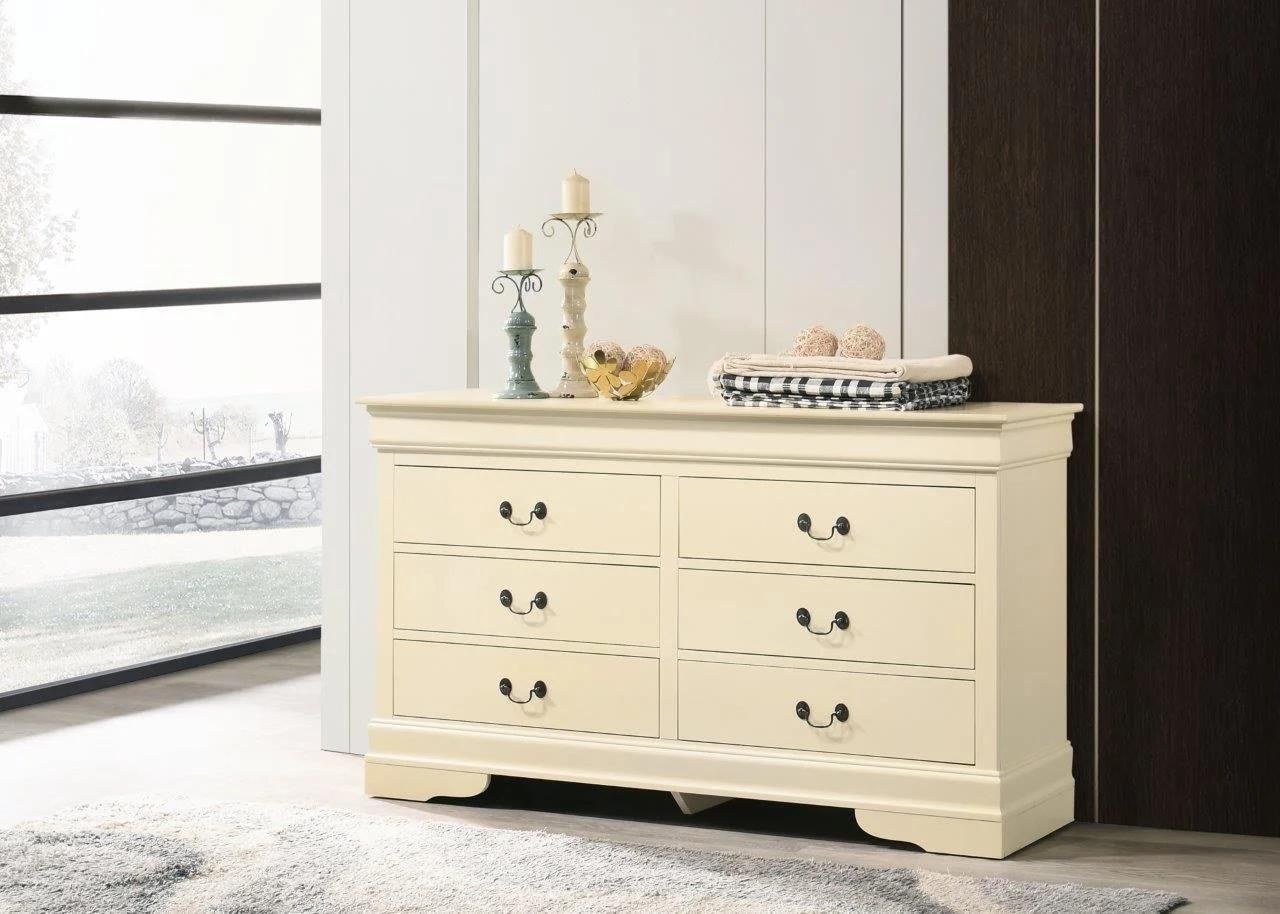

Furniture
What Is The Standard Dresser Height
Modified: August 26, 2024
Discover the standard height of dressers and how it impacts your furniture arrangement. Find the ideal dresser height for a functional and stylish space.
(Many of the links in this article redirect to a specific reviewed product. Your purchase of these products through affiliate links helps to generate commission for Storables.com, at no extra cost. Learn more)
Introduction
Choosing the perfect dresser for your bedroom or any other space in your home is essential to create a cohesive and functional design. One important consideration when selecting a dresser is the height. The height of a dresser plays a significant role in its overall aesthetics and functionality.
In this article, we will explore the world of standard dresser heights, their importance, and factors to consider when determining the right height for your dresser. We will also discuss the pros and cons of different standard dresser heights and provide some tips to help you choose the right one for your needs.
By the end of this article, you will have a thorough understanding of the standard dresser height and be equipped with the knowledge to make a well-informed decision when shopping for a dresser.
Key Takeaways:
- Standard dresser height is crucial for both aesthetics and functionality, impacting room balance and accessibility. Consider room size, user height, and intended use when choosing the right dresser height.
- Low, standard, tall, or custom height dressers each have their pros and cons. Balance storage needs, accessibility, and room aesthetics to select the ideal dresser height for your space.
Read more: What Is The Standard Height Of A Toilet
Importance of Standard Dresser Height
The height of a dresser is important for several reasons. First and foremost, it affects the overall proportions and balance of your bedroom or living space. A dresser that is too tall or too short in relation to the other furniture in the room can create an unbalanced look and feel, disrupting the harmony of the space.
Furthermore, the height of a dresser also impacts its functionality. A dresser that is too high may make it difficult to reach the top drawers, requiring you to stretch or use a stepping stool. On the other hand, a dresser that is too low may result in a lack of storage space or make it cumbersome to bend down and access the lower drawers.
Standard dresser height is designed to strike a balance between aesthetics and functionality. It is based on ergonomic considerations that ensure ease of use and accessibility. By adhering to standard dresser heights, you can ensure that your dresser not only looks visually appealing but also provides practical storage solutions.
Moreover, knowing the standard dresser height can also be advantageous when shopping for other furniture pieces to complement your dresser. Having a clear understanding of the standard height will help you select bedside tables, mirrors, or other bedroom furniture that harmonizes with your dresser.
Overall, the importance of standard dresser height lies in its ability to create a cohesive and functional design while maximizing usability and storage space.
Factors to Consider in Determining Standard Dresser Height
When determining the standard height for your dresser, there are several important factors to consider. These factors will help you choose a height that is both visually pleasing and practical for your specific needs.
- Room Size: The size of the room where the dresser will be placed plays a crucial role in determining the height. In a large room with high ceilings, a taller dresser can help fill the vertical space and create a focal point. In a smaller room, a shorter dresser may be more suitable to maintain a balanced and proportional look.
- User Height: Consider the height of the people who will be using the dresser most frequently. If the primary users are taller individuals, a taller dresser may be preferred to ensure easy access to all drawers. Conversely, if the users are on the shorter side, a dresser with a lower height may be more comfortable for them to utilize.
- Intended Use: Think about how you plan to use the dresser. Will it primarily be used for clothing storage? If so, consider whether you prefer hanging clothes or folding them, as this will influence the number and size of drawers you require. Additionally, if the dresser will also serve as a vanity or a display surface, you may want to choose a height that allows for a clear line of sight and comfortable grooming or decorating activities.
- Style and Aesthetics: The overall style and design of your space should also impact your decision. If you have a contemporary or modern interior, you may opt for a lower and sleeker dresser to maintain a clean and minimalist look. On the other hand, if you have a traditional or classic decor, a taller and more ornate dresser may be more fitting.
- Accessibility: Accessibility is crucial, especially if you have specific mobility needs or challenges. Consider the height that would allow you to easily open and close the drawers without straining yourself. If you have any physical limitations, it is essential to choose a height that accommodates your specific requirements.
By taking these factors into account, you can make an informed decision about the standard height for your dresser that aligns with your individual preferences and needs.
Common Standard Dresser Heights
While there is no one-size-fits-all standard for dresser heights, there are common ranges that you can consider when selecting a dresser for your space. These common standard dresser heights are based on industry practices and ergonomic considerations. Here are some of the most widely used standard heights:
- Low Dressers: Also known as a bachelor’s chest, low dressers typically range in height from 30 to 36 inches (76 to 91 cm). They are shorter in stature and often feature a wider surface area. Low dressers are great for rooms with low ceilings or for those looking for a more contemporary or casual aesthetic.
- Standard Dressers: Standard dressers generally have a height range of 36 to 42 inches (91 to 107 cm). They are the most common type of dressers found in bedrooms. These dressers provide a good balance between storage capacity, accessibility, and aesthetic appeal.
- Tall Dressers: Also known as highboys, tall dressers are taller in height, ranging from 42 to 60 inches (107 to 152 cm). They are characterized by their narrow and vertically-oriented design. Tall dressers are ideal for rooms with high ceilings or for those seeking to maximize storage space without sacrificing floor space.
- Custom Height Dressers: If you have specific requirements or preferences, you can also opt for a custom height dresser. Custom furniture allows you to design a dresser that perfectly fits your needs and complements your space. Working with a skilled furniture designer or carpenter will ensure that the dresser height is tailored to your specifications.
Keep in mind that these standard heights are just guidelines, and you have the freedom to choose a height that works best for your unique situation. By considering the dimensions of your room, your personal preferences, and the intended use of the dresser, you can select a standard height that suits your needs and enhances the overall look and functionality of your space.
The standard dresser height is typically around 30 to 36 inches. When shopping for a dresser, consider the height of the furniture in relation to your bed and other bedroom furniture to ensure a cohesive look and comfortable use.
How to Measure Standard Dresser Height
Measuring the height of a standard dresser is a straightforward process that requires a few simple steps. By following these steps, you can accurately determine the height of your dresser and ensure it meets your requirements:
- Gather your tools: You will need a measuring tape or ruler to measure the height of your dresser. Make sure the measuring tool is long enough to span the entire height of the dresser.
- Clear the area: Clear any items or clutter from the top of the dresser to ensure an unobstructed measurement.
- Locate the highest point: Identify the highest point of the dresser. This is typically the top edge of the dresser or any decorative elements that extend above the surface.
- Place the measuring tool: Starting from the highest point, place the measuring tape vertically along the side of the dresser. Ensure that the tape is straight and firmly against the surface of the dresser.
- Read the measurement: Take a precise measurement of the distance from the highest point down to the floor. Make a note of the measurement in inches or centimeters.
- Repeat for accuracy: Repeat the measurement on the other side of the dresser to confirm that both sides have the same height. If there is a discrepancy, take the average of the two measurements.
- Record the height: Once you have determined the height of your dresser, record the measurement for future reference when shopping for other furniture or discussing dimensions with professionals.
By following these steps, you can accurately measure the height of your dresser. This measurement will serve as a baseline when comparing with standard dresser heights or when selecting complementary furniture pieces for your space.
Pros and Cons of Different Standard Dresser Heights
When it comes to standard dresser heights, each height range has its own set of pros and cons. Understanding these advantages and disadvantages can help you make an informed decision based on your specific needs and preferences. Here are some of the pros and cons of different standard dresser heights:
- Low Dressers:
- Pros: Low dressers are perfect for rooms with low ceilings as they create a sense of openness and space. They also provide easy access to the top surface, making it convenient for decorative items or grooming activities.
- Cons: Low dressers may offer limited storage space compared to taller dressers. The lower height may also require more bending down, which can be challenging for individuals with mobility issues.
- Standard Dressers:
- Pros: Standard dressers strike a balance between storage capacity, accessibility, and aesthetic appeal. They are versatile and suitable for most bedroom sizes and design styles. They offer a comfortable height for drawers and a functional surface area.
- Cons: Standard dressers may not make a strong visual statement in rooms with high ceilings or spacious layouts. In smaller rooms, they may feel slightly overpowering and take up more floor space.
- Tall Dressers:
- Pros: Tall dressers maximize vertical storage space, making them excellent options for rooms with high ceilings or limited floor space. They offer ample storage capacity and can create a dramatic focal point in your space.
- Cons: The height of tall dressers may make it challenging to access the top drawers without the help of a stepping stool or ladder. They may overpower smaller rooms and appear visually overwhelming if not proportionately balanced within the space.
- Custom Height Dressers:
- Pros: Custom height dressers allow you to create a piece of furniture that perfectly suits your needs and complements your space. They ensure optimal comfort, storage capacity, and visual harmony based on your individual preferences.
- Cons: Custom furniture can be costlier and may take longer to manufacture compared to standard-sized dressers. It requires working closely with a furniture designer or carpenter to ensure accurate dimensions and specifications.
Considering these pros and cons will help you determine the ideal dresser height that aligns with your storage requirements, accessibility needs, and overall design aesthetic.
Tips for Choosing the Right Standard Dresser Height
Choosing the right standard dresser height is crucial to ensure both functionality and aesthetics in your space. Here are some tips to help you make an informed decision:
- Consider your needs: Think about how you will primarily use the dresser. Are you looking for maximum storage capacity or a more visually appealing piece of furniture? Knowing your needs will guide you in selecting the appropriate height.
- Measure your space: Take precise measurements of the area where the dresser will be placed. Consider the ceiling height, available floor space, and the proportion to other furniture pieces in the room.
- Aim for balance: Strive for a balanced look by selecting a dresser height that complements the other elements in the room. Choose a height that is proportional to the bed, nightstands, and any other furniture pieces in the space.
- Consider accessibility: Think about who will be using the dresser and their accessibility needs. Ensure the height allows for easy access to all the drawers without straining or requiring additional assistance.
- Think about style: Consider the overall style and aesthetic of your space. Choose a dresser height that aligns with the design theme, whether it’s contemporary, traditional, rustic, or eclectic.
- Try before you buy: If possible, visit furniture showrooms or stores to physically experience dressers of varying heights. This allows you to gauge the comfort and usability of different heights to determine which one suits you best.
- Consult professionals: If you’re unsure about the appropriate height or need guidance, consult with interior designers, furniture experts, or carpenters who can provide valuable insights based on their experience and expertise.
- Consider customization: If you can’t find a standard dresser height that meets your needs, consider getting a custom-made dresser. This way, you can design a dresser with the exact height and specifications that suit your unique requirements.
By taking these tips into account, you can confidently choose the right standard dresser height that enhances both the functionality and aesthetics of your space.
Conclusion
Choosing the right standard dresser height is an important aspect of furnishing your bedroom or living space. It not only impacts the overall aesthetics of the room but also determines the dresser’s functionality and accessibility. By considering factors such as room size, user height, intended use, style, and accessibility, you can select a dresser height that best suits your needs and preferences.
Whether you opt for a low dresser, standard dresser, tall dresser, or even a custom height dresser, each option comes with its own set of advantages and considerations. Low dressers create a more open and casual vibe, while standard dressers strike a balance between storage capacity and visual appeal. Tall dressers maximize storage space but may require additional effort to access the top drawers. Custom height dressers allow for a personalized solution that perfectly suits your requirements.
Remember to measure your space, maintain a sense of balance with other furniture pieces, and consider accessibility needs when selecting the right dresser height. If you’re unsure, don’t hesitate to consult with professionals who can provide valuable insights based on their expertise.
By carefully considering these factors and following these tips, you can confidently choose the ideal standard dresser height that adds both functionality and style to your living space. A well-selected dresser height will not only enhance the overall decor but also provide practical storage solutions for years to come.
Frequently Asked Questions about What Is The Standard Dresser Height
Was this page helpful?
At Storables.com, we guarantee accurate and reliable information. Our content, validated by Expert Board Contributors, is crafted following stringent Editorial Policies. We're committed to providing you with well-researched, expert-backed insights for all your informational needs.
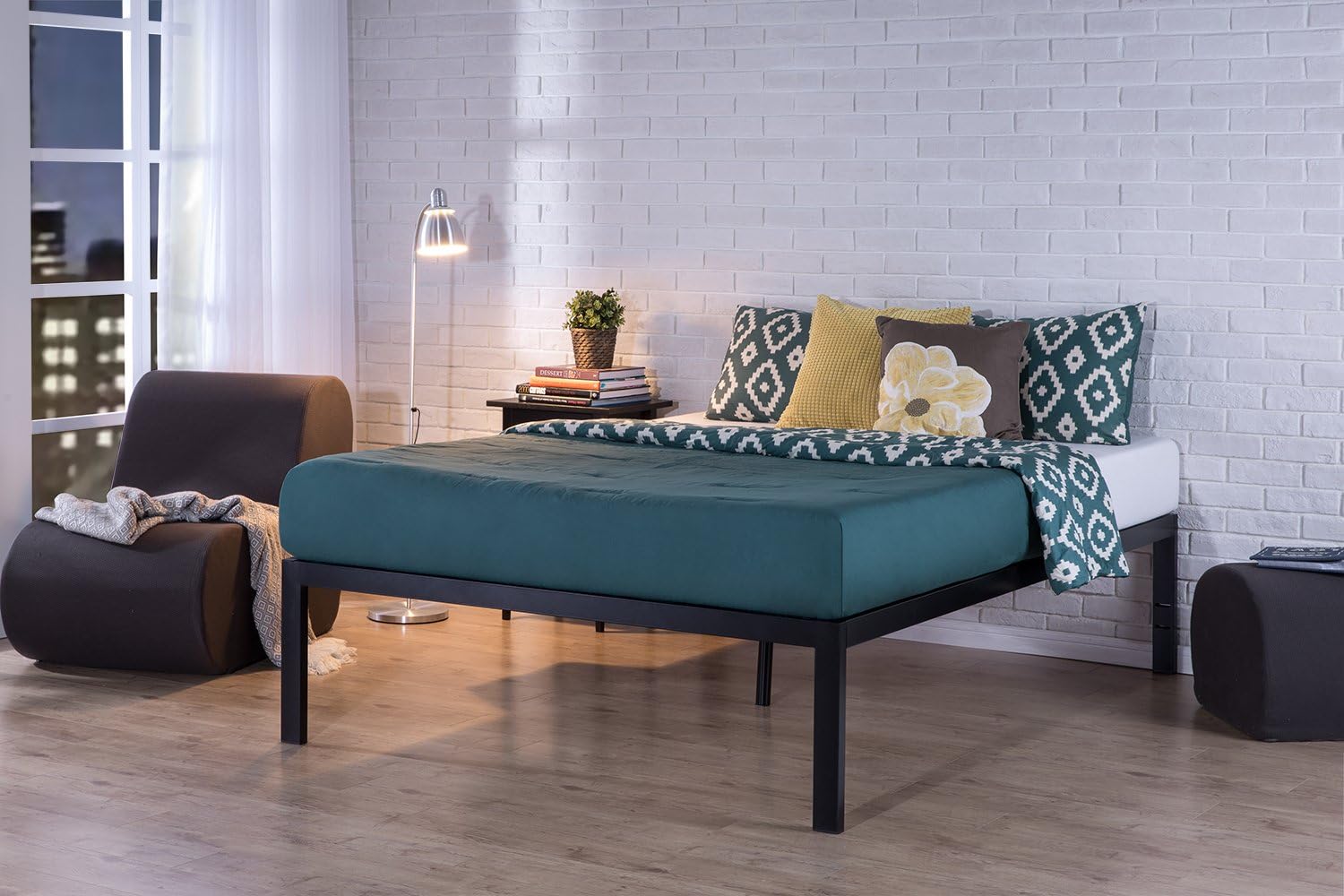
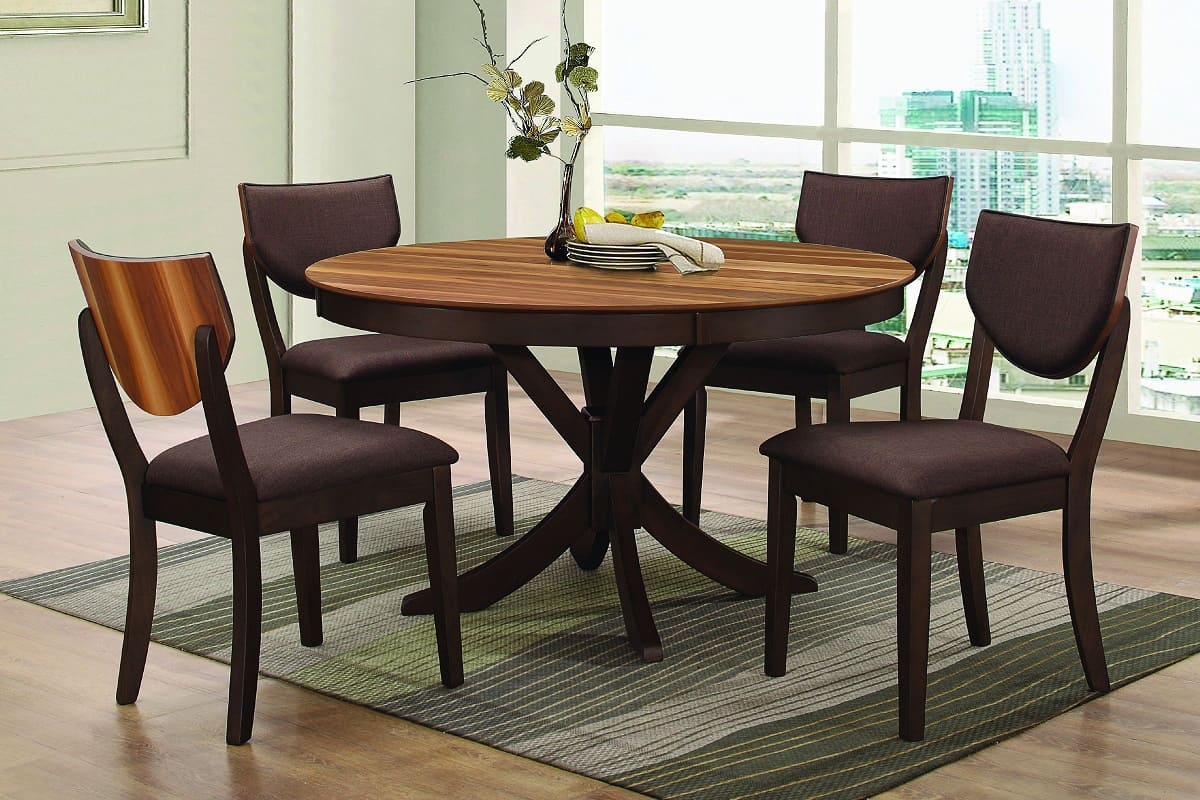
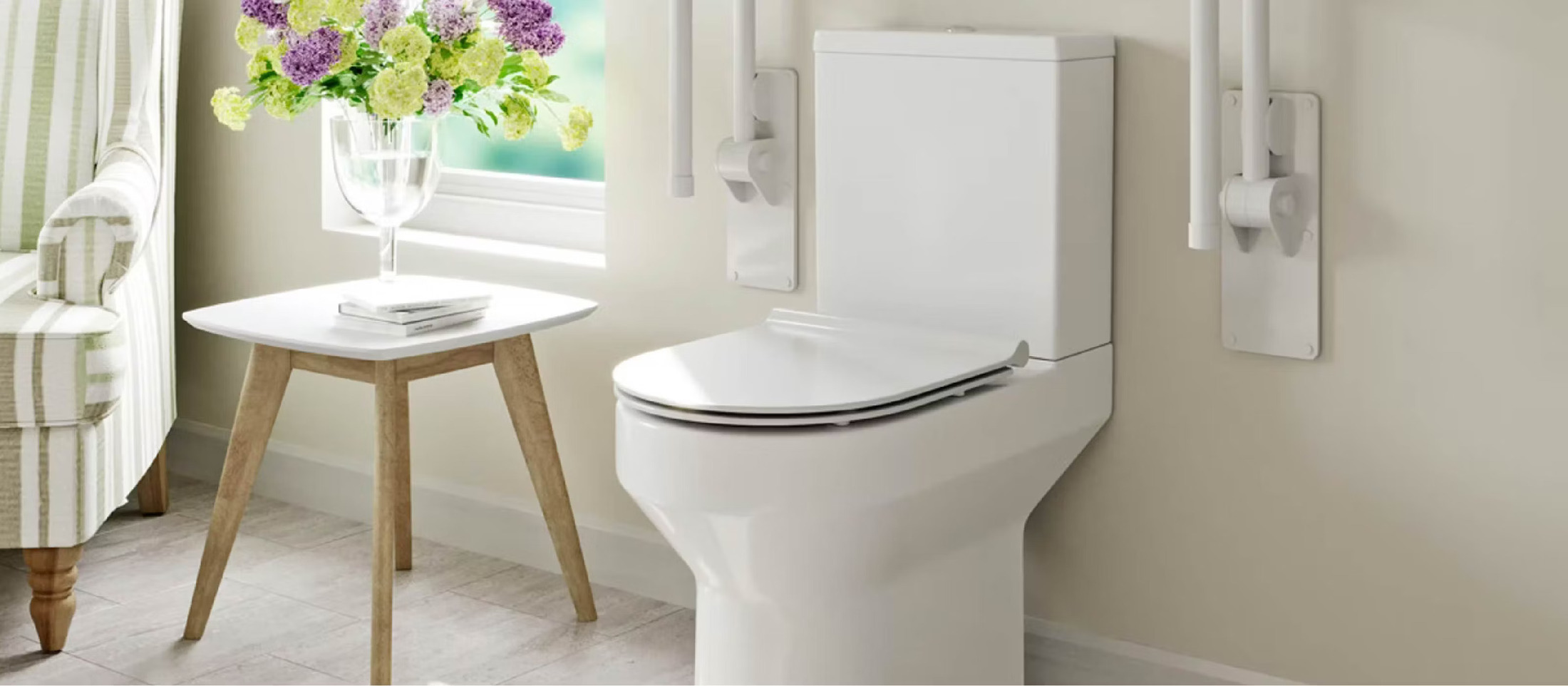
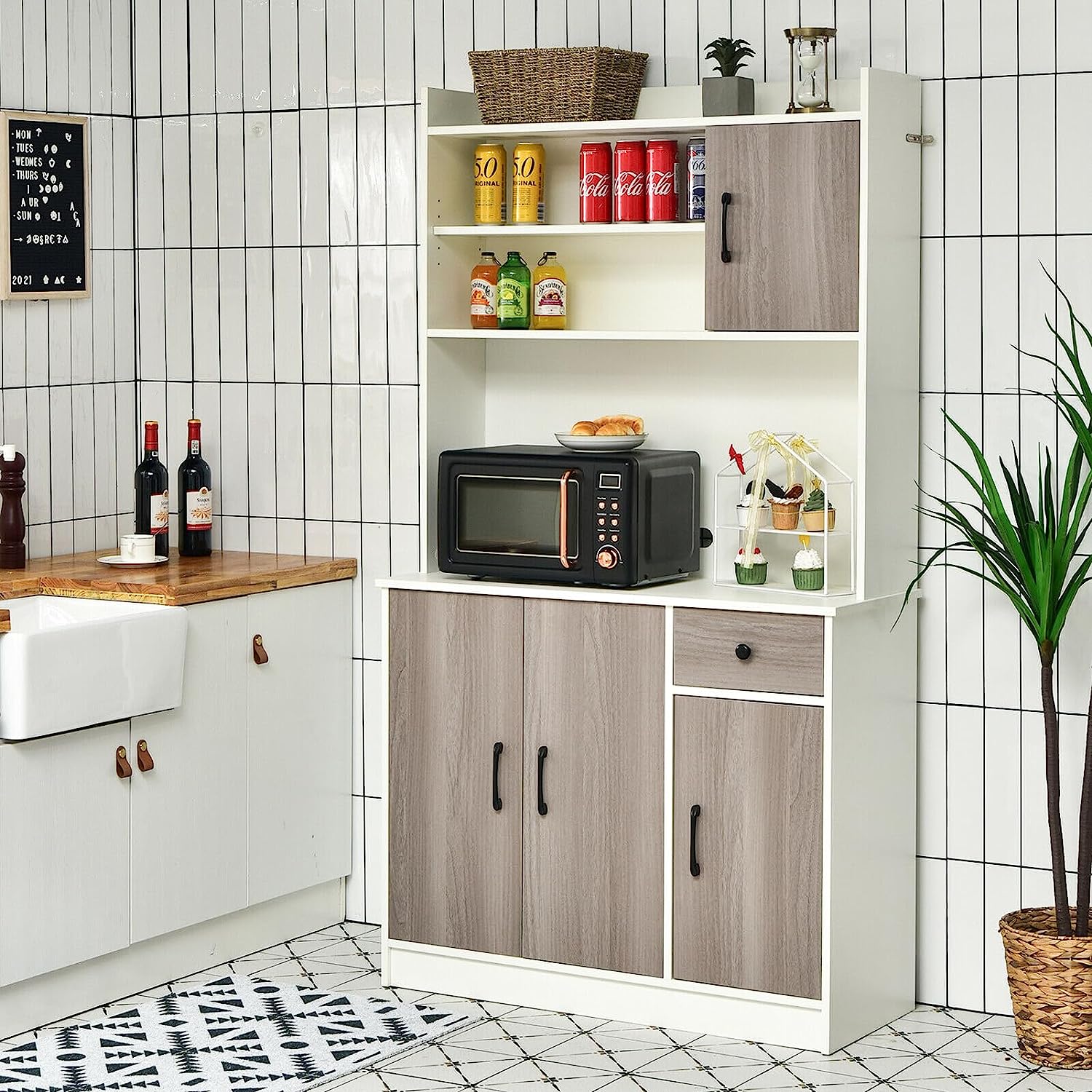
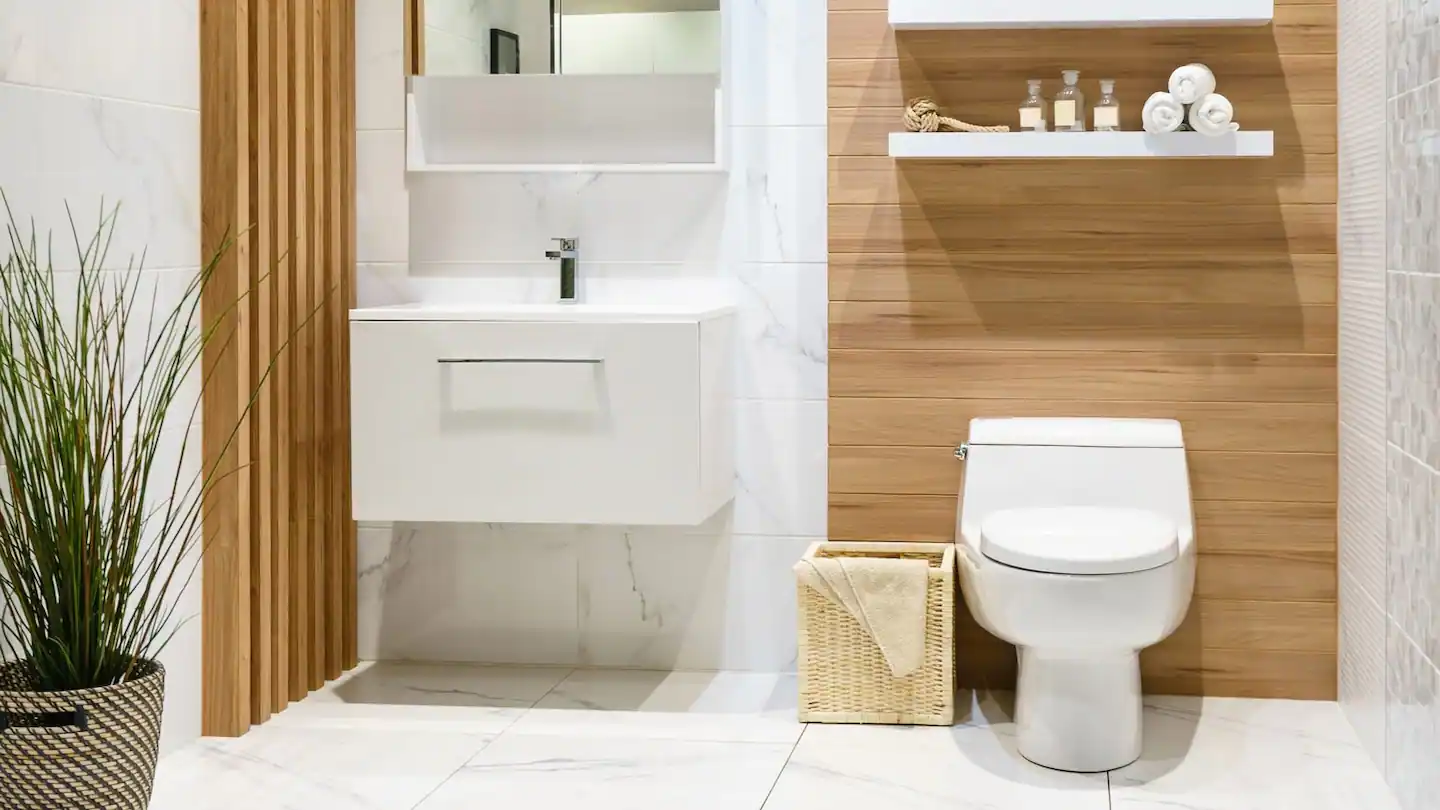
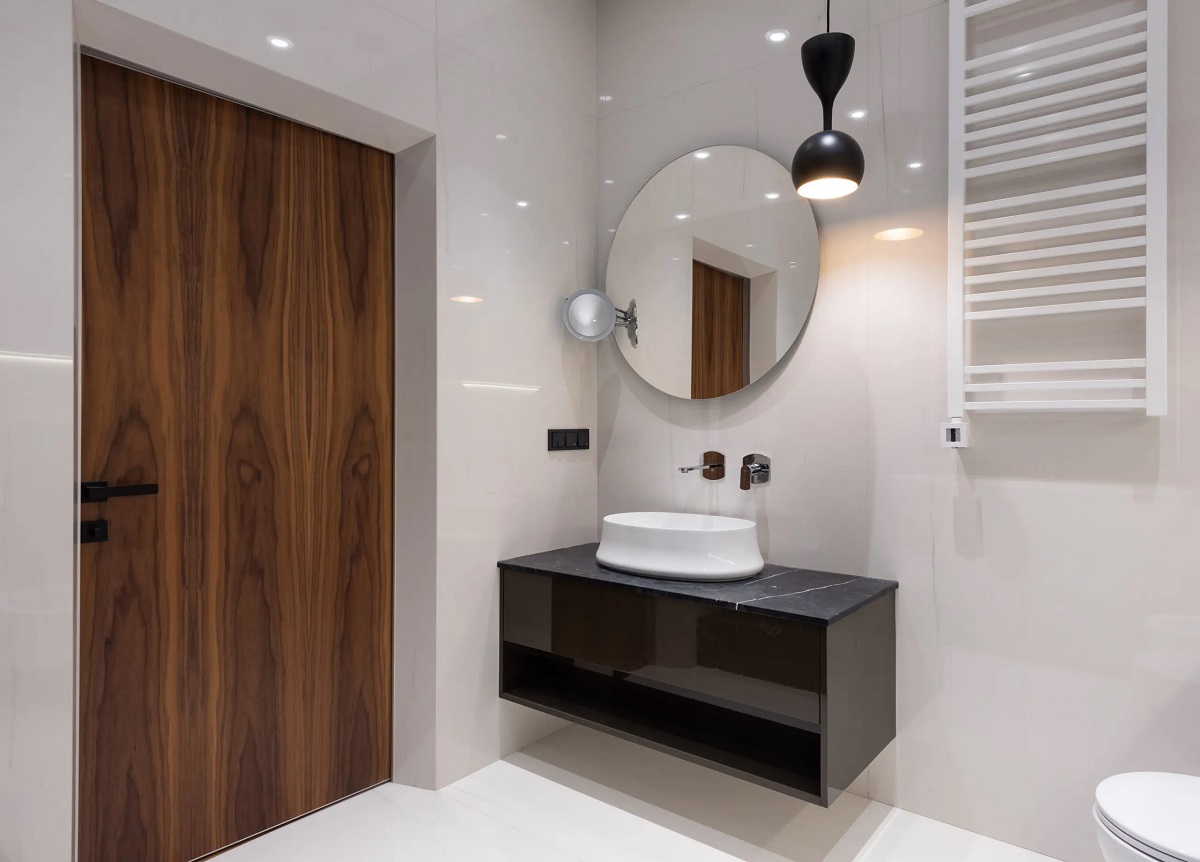
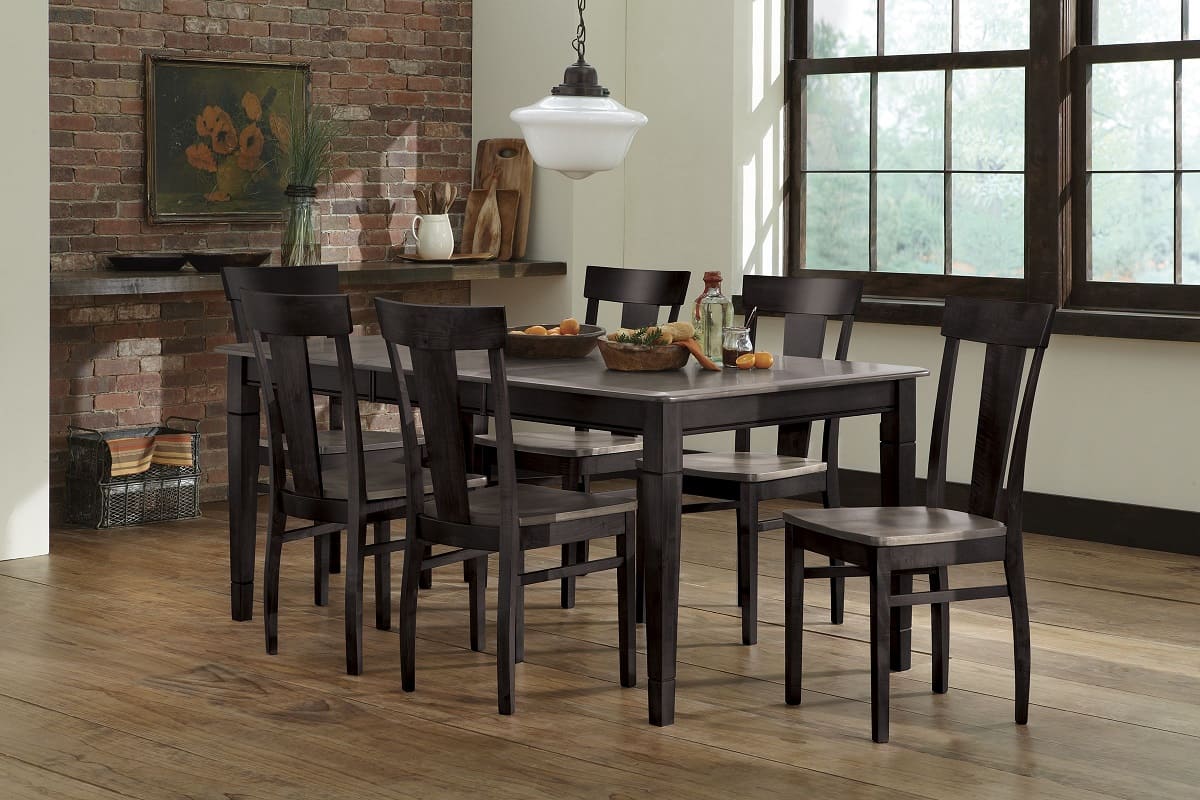
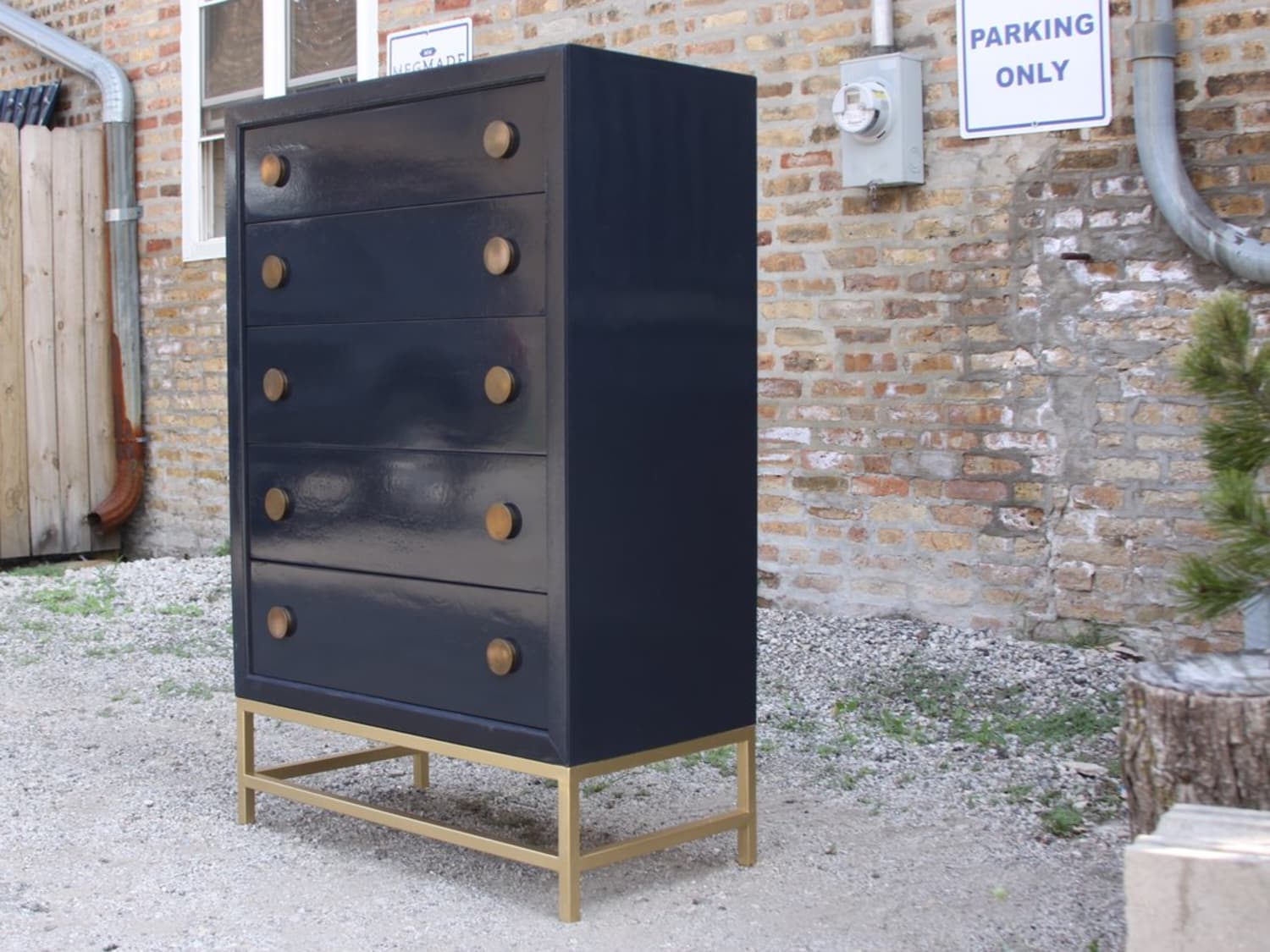
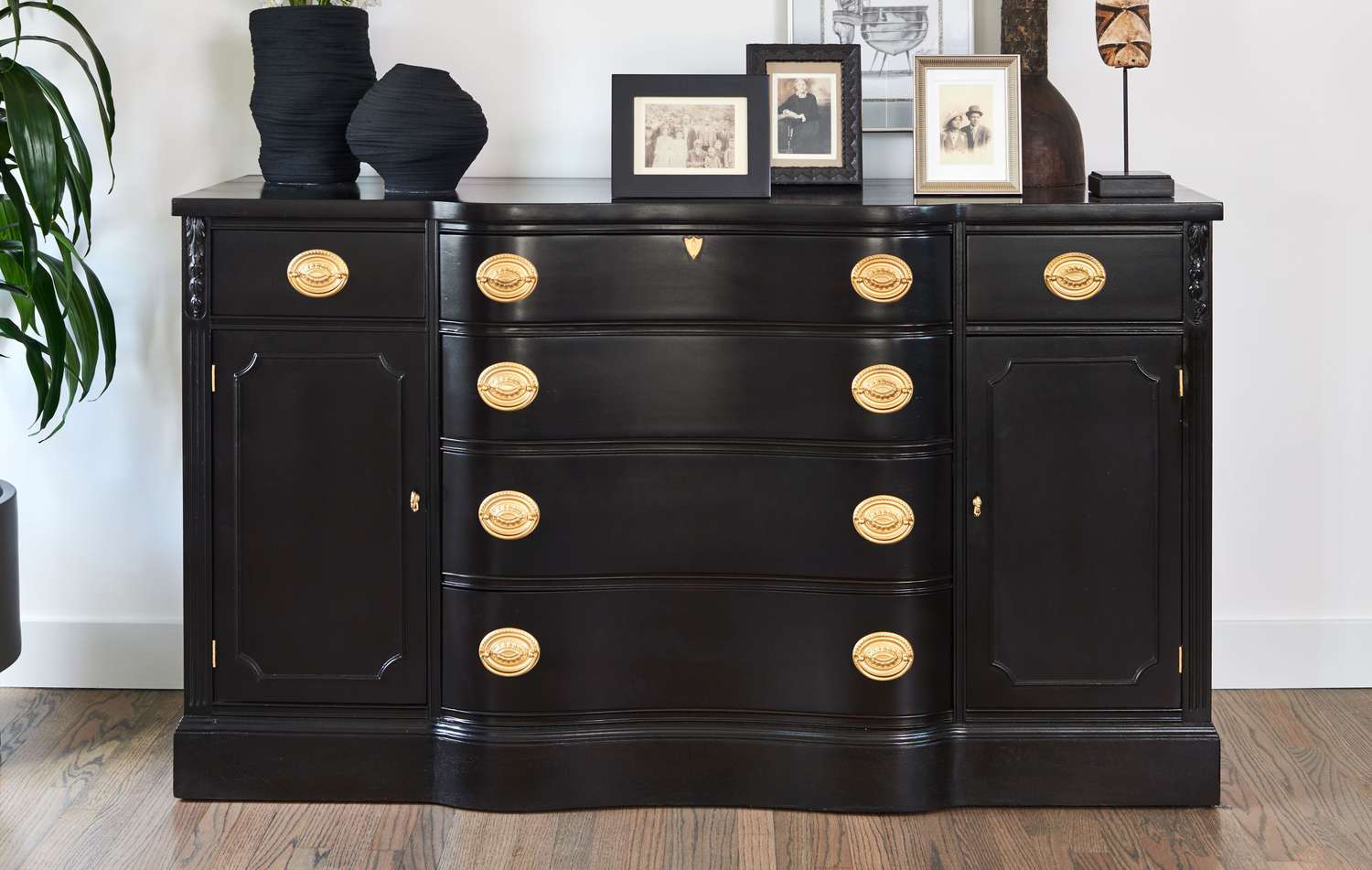


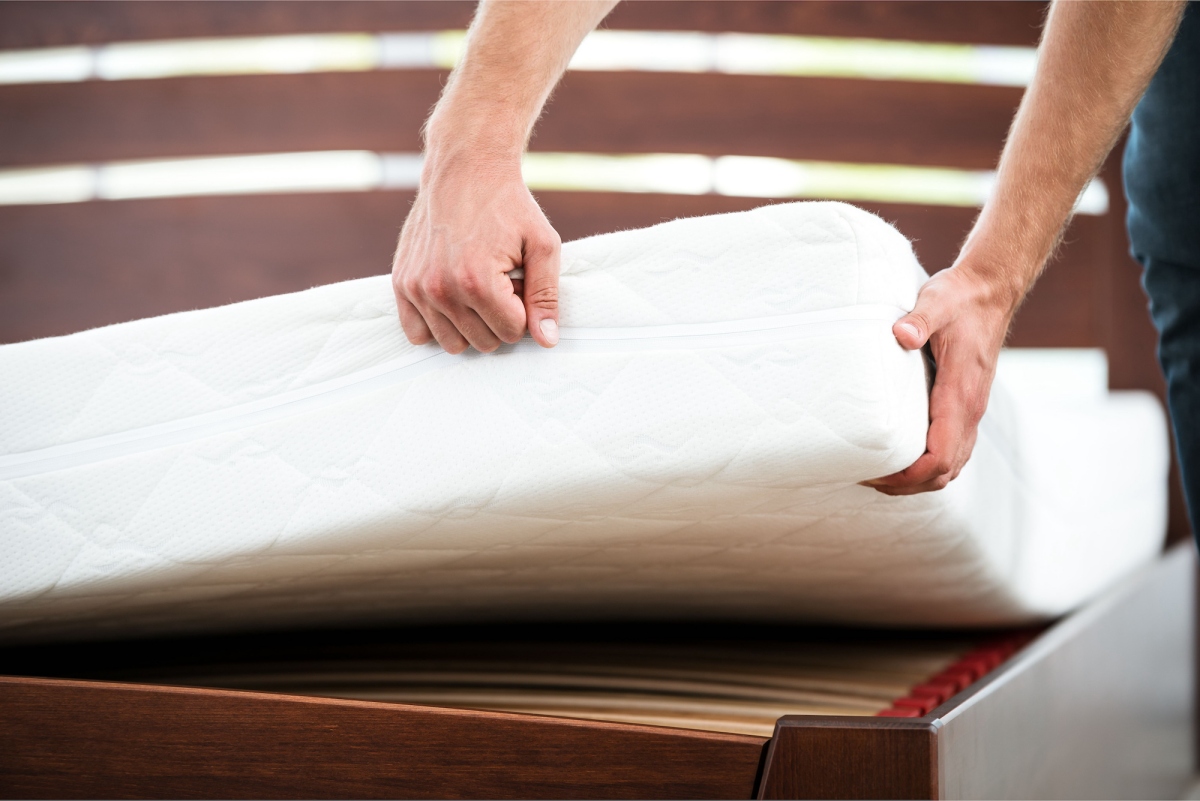

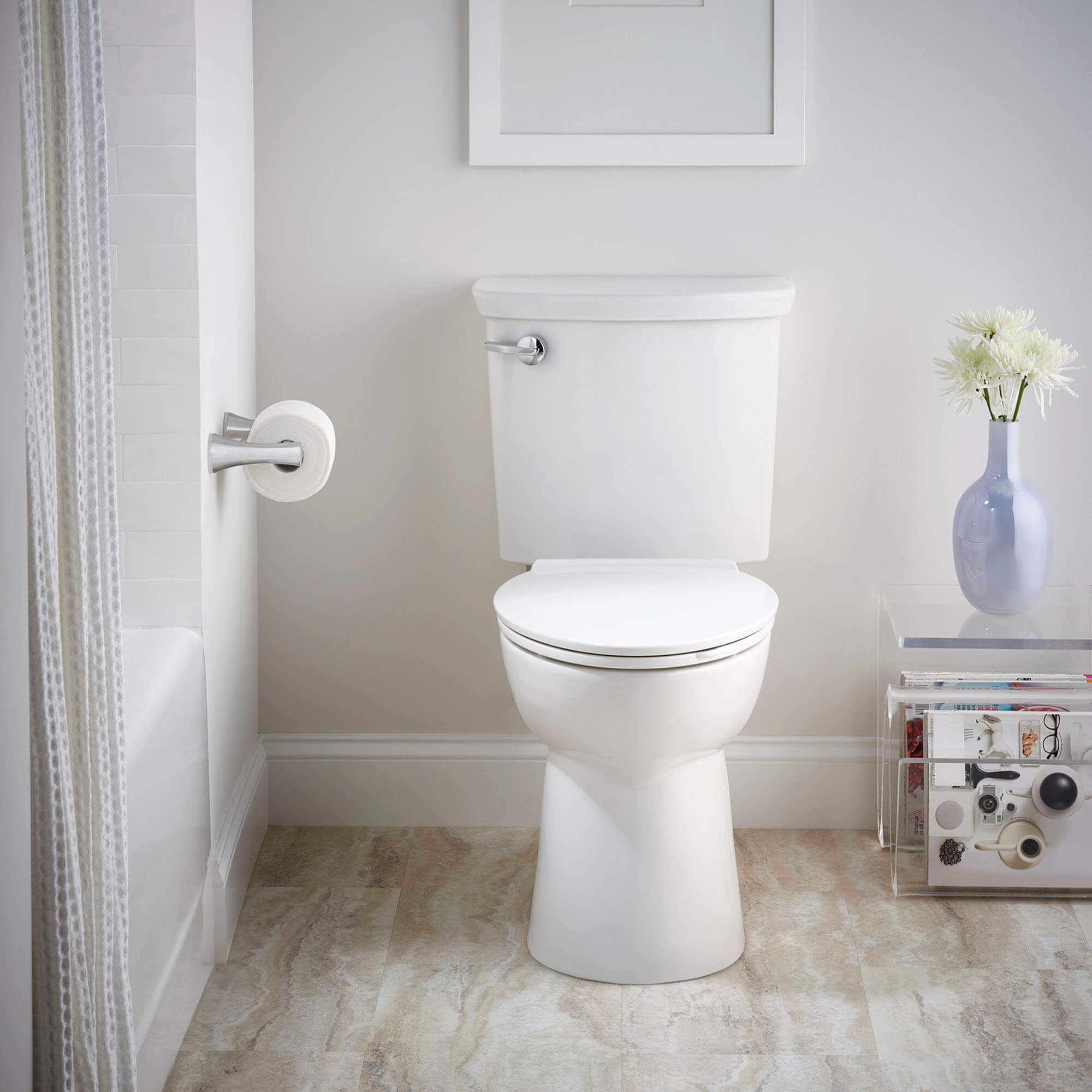

0 thoughts on “What Is The Standard Dresser Height”